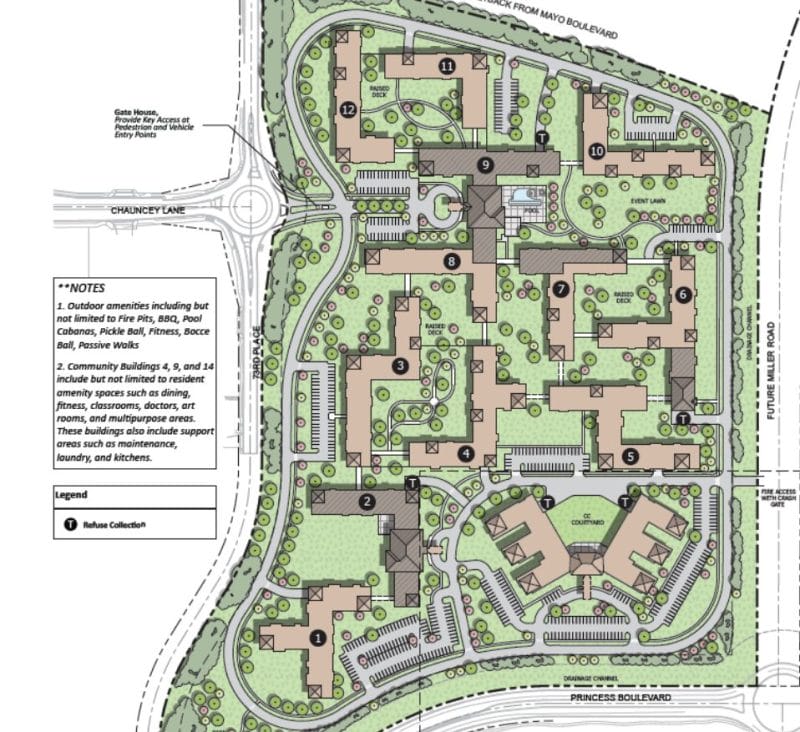 The Monday Morning Quarterback: A quick analysis of important economic data released over the past week
The Monday Morning Quarterback: A quick analysis of important economic data released over the past week
We are always striving to make the Monday Morning Quarterback more meaningful to you, our readers. This week, we are changing the format somewhat. Based on your feedback, we will still have an Arizona and a National snapshot, but this week we will keep things more concise by only going into depth on one significant indicator. As always, we appreciate you as an audience and love receiving your opinions to improve our overview of economic news.
Arizona Snapshot
As of the second quarter of 2013, housing affordability in Greater Phoenix remained very high. According to the National Association of Homebuilders, 76.2% of the families in Greater Phoenix can afford the median priced home.
July employment data for Arizona and its political subdivisions indicate that the state continues to grow albeit modestly relative to what would be considered normal for this point in the cycle. Arizona added 67,600 jobs (total nonfarm payroll employment) over the past year. Greater Phoenix added 53,100 jobs or 78.6% of the state total. The Tucson MSA added 8,300 jobs over the past year or 12.3% of the state total. This translates into growth rates over the past year (July 13/July 12) of 2.8%, 3.1% and 2.4% respectively for the state, Greater Phoenix and Greater Tucson.
Both Arizona and Maricopa retail sales had a good month in June. For the State, retail sales were up 8.8% over a year ago, and Maricopa County retail sales were up 10.1%. Autos and light trucks continue to lead the way.
U.S. Snapshot
The U. S. Blue Chip consensus forecast for August now indicates that real GDP will grow a modest 1.5% year over year in 2013. This is 0.3% less than last month’s forecast. That would mark the smallest increase since 2009. The consensus forecast for 2014 in now 2.6%. Tax changes and sequestration are taking their toll. June data for inventories and sales in manufacturing and trade now show that the inventories/sales ratio is 1.29, down just a hair from a year ago and the sale as last month. This is important because it indicates that inventories are not piling up at either the manufacturers or retailers level.
According to the University of Michigan, consumer sentiment declined in August compared to July. The index was reported at 80.0 compared to 85.1 in July. Industrial production edged up slightly and now stands up 1.4% from a year ago. But, capacity utilization edged down 0.1% in July and now stands 0.3% below year earlier levels. This is good news because it indicates that inflationary pressures from lack of capacity won’t occur at any time soon. But, it’s bad news in that there won’t be a lot of pressure on business to build new plant.
Nonfarm business sector labor productivity increased at a 0.9% annual rate during the second quarter of 2013. However, productivity is no higher today than it was two years ago. Since productivity is a proxy for growth in the standard of living, it is certainly not great news. It means that output per worker hour has not grown. Unit labor costs over that same period were up 2.0%.
Housing affordability slipped several notches as recovering markets witnessed significant firming of home prices. Yet, the index at 69.3 compared to 74.9 a year ago is still very strong by historic standards. In that regard, both building permits and starts remain strong.
Arizona Employment
While the rate of growth in nonfarm employment is anemic by what Arizona would normally expect, this national recovery is not normal. But the growth rate has been accelerating. For the first seven months of the year over the similar 2012 period, Arizona employment is up 2.1% and the Phoenix MSA is up 2.6% on a year over year basis. Even on a month-over-month basis, the declines from July over June were considerably less than normal. On a year-over-year basis, ten of the eleven employment sectors were up. Only “Other Services” was down (1.2%) while leisure and hospitality (13.0); education and health services (12.0%); trade, transportation and utilities (9.6%); and construction (8.0%) lead the way for the 10 sectors that were up. For July over July, the state was up 2.8% while Greater Phoenix was up 3.1% and Greater Tucson was up 2.4%. So, the gains have been spread across the general economy and seem to be modestly accelerating. At least this is good news.







